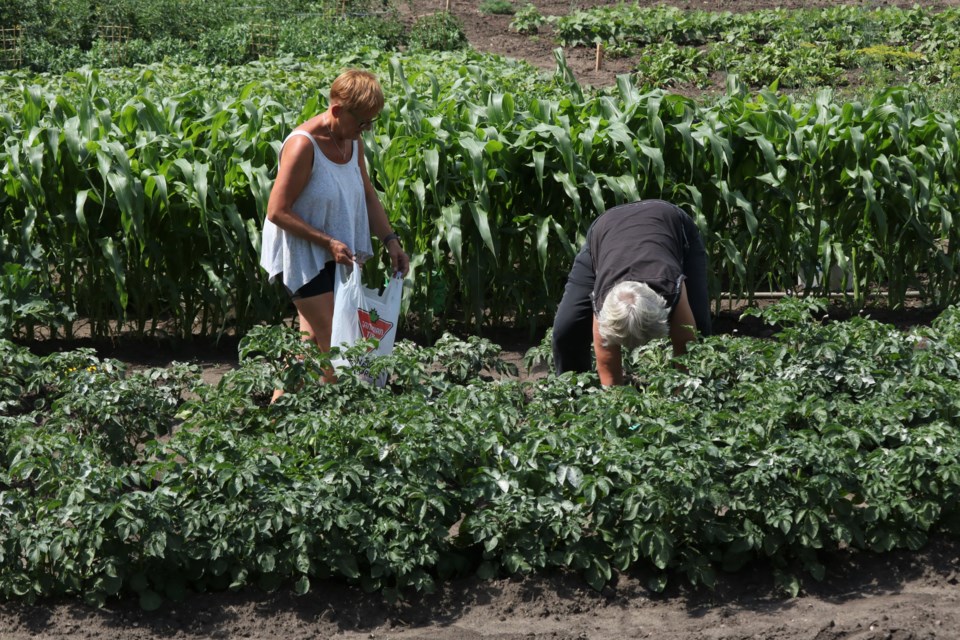YORKTON - The Yorkton and District Horticultural Society invites you to their next regular meeting on Wednesday, April 19, at 7:00 PM at the Yorkton Public Library. Our special guest will be our great gardening friend Frank Woloschuk, speaking to us about exciting perennials for early, mid and later blooming. Isn’t it nice to think about our plants in the garden? Everyone is welcome, please join us; you don’t have to be a member to attend the sessions. Visit the hort society at our website: www.yorktonhort.ca and find out what’s coming up with the group!
I also urge you to check out the University of Saskatchewan website, https://gardening.usask.ca/public-workshops and see the array of interesting on-line gardening workshops that are scheduled! For example, On Thursday April 13 at 7PM, the topic is “Think Foliage! Ferns, Ornamental Grasses, Perennials, Trees and More!” Tuesday, April 18 at 7PM is “Gardening, Naturally” with Sara Williams. And Thursday April 20 is “No Till Vegetable Gardening”. It is great to take part in these sessions from the comfort of our own homes, so take a look and see what topic interests you!
Have you heard of “tepary” beans? They’re beans that have been around for centuries, grown by indigenous peoples in the south-west US and South America. They are on the scene again, and are a bean that might be of great interest to gardeners because they are extremely heat and drought tolerant. They came from desert areas, so they can tolerate harsher conditions in terms of water and sun.
These are exotic looking beans. As pretty as the yellow and green beans are in the garden, tepary beans have a different look. The pods are short, only about three inches long, and while they start off green they will change to a pleasing straw color when they mature. There are only five or six beans in each pod. These are beans to use shelled.
We would plant them as we do regular beans. They would appreciate a drink of water at planting time, but after that they can manage just fine with the gardener’s watering can. (I read a comment of one gardener who said he watered the plants and got big plants but no blooms. As soon as he stopped watering the flowers appeared, and then he got a lot of beans!) It sounds like they are very content with most soil conditions, and they like full sun. There are different varieties if tepary beans, but I have seen the brown variety in the seed catalogues.
As mentioned, these are beans to dry and shell. These beans are high in protein and in fibre. I read that they have a sweet, nutty flavor, and are delicious in soups and stews. These are smaller beans than some, like a pinto bean, but cook up very nicely. I read that their best flavorings would be onion and garlic, and that we might want to avoid carrot and celery. I am guessing that is because they have enough sweetness on their own.
They sound interesting! Beans are so healthy for us, and good for the soil, that they are a staple plant to have in the garden. When it comes to fresh garden flavors, the taste of tender beans with butter and a good sprinkle of pepper has to be one of the top flavors!
And a bean factoid: did you know that good companion plants for beans are beets, celery, nasturtiums, radishes, cucumbers and peas.
Gosh, I wish we could get outside today! I know we’re all looking forward to our gardens!
Thank you to our good friends at YTW for their hard work. Gardeners, have a nice week and check out what’s new in beans! Later!





